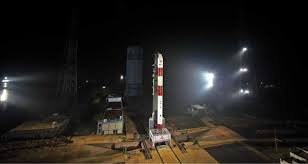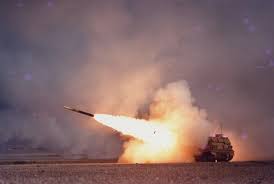
The Indian Space Research Organization (ISRO) achieved a major milestone with the successful launch of the SpaDex mission on Monday night. The PSLV-C60 (Polar Satellite Launch Vehicle) lifted off from the Satish Dhawan Space Center in Sriharikota at about 10 PM on December 30.
ISRO shared images from the launch event, celebrating this accomplishment. ISRO Chairman S. Somnath said, “This is the 99th launch from Satish Dhawan Space Center. Through this launch, PSLV-C60 has successfully placed the SpaDex satellite into a 475 km circular orbit.”
He said, “The launch phase of this mission was successful. Now we have to go through the orbit phase of the mission, which is the docking phase. In this, the Spadex will rotate and finally come back to the dock. We are waiting for this.”
Surendran N, the project director of this ISRO mission, told media, “This is one of the experiments that we are going to install on the orbit. It will be useful for future missions like the Indian Space Station and Chandrayaan-4. This will be a sample return mission.”
He said, “Docking mechanism is becoming an essential requirement in this complex and challenging project. It will stock the spacecraft coming back from the moon and bring back samples from there, so docking is very important.”
Spadex means Space Docking Experiment. The aim of the Spadex mission is to develop and demonstrate the technology required to ‘dock’ and ‘undock’ spacecraft.
The mission will involve ISRO’s attempt to “dock” two satellites in space, a feat that has only been successfully achieved by a select few countries. For this project, ISRO is utilizing an indigenous technology known as the “Bharatiya Docking System.”
Additionally, the SpaDeX mission is crucial as a successful docking will set the stage for India’s future space endeavors, including missions like Chandrayaan-4, Gaganyaan, and the planned Bharatiya Antriksh Station.
SpaDeX will deploy two identical satellites, named SDX01 and SDX02, referred to as the “Chaser” and “Target,” respectively. Each satellite has a mass of approximately 220 kilograms and will orbit at an altitude of 470 km above Earth.
The Indian space agency’s endeavor to dock the two satellites presents significant challenges, as they will be traveling at speeds of 28,800 km/hr. ISRO will meticulously maneuver the satellites to decrease their relative velocities to just 0.036 km/hr, allowing them to merge into a single unit in space.







